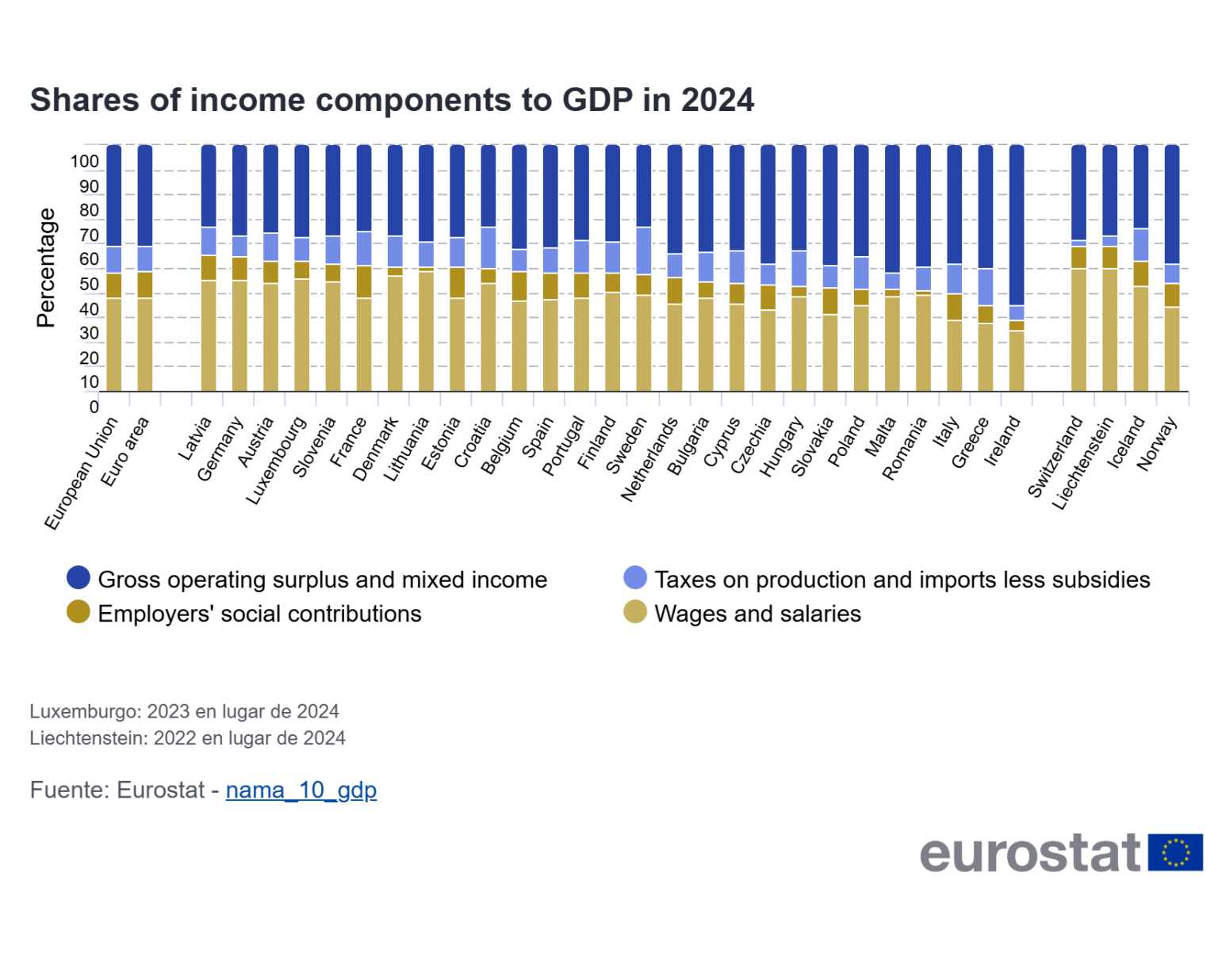
In 2024, the European Union’s trade balance for goods closed with a €147 billion surplus, marking an increase of €113 billion compared to the previous year (€34 billion in 2023).
Since 2014, the EU has consistently maintained a trade surplus, except in 2022, when soaring energy prices led to a significant deficit. In other years, surpluses in machinery, vehicles, and chemical products have offset the impact of energy price fluctuations.
Growth in the Chemical and Agri-Food Sectors
The chemical and related products sector recorded the highest growth over the past decade, with its surplus doubling from €119.1 billion in 2014 to €238.1 billion in 2024.
Similarly, the food and beverage trade balance saw a substantial increase, rising from €33.5 billion to €52.4 billion over the same period. However, the other manufactured goods sector experienced a decline, shifting from a €35.3 billion surplus in 2014 to an €11.2 billion deficit in 2024.
Trends in Imports and Exports
Data shows that in 2024, imports fell by 3.4%, following a sharp decline in 2023 (-16.1% compared to 2022). In contrast, exports increased by 1.1% compared to 2023, partially recovering from the -0.5% drop recorded the previous year.
Looking back, 2021 marked a strong trade recovery, with imports rising by 23.8% and exports by 12.9%, following the pandemic-induced downturn in 2020. In 2022, trade growth was primarily driven by rising prices, with imports increasing by 41.6% and exports by 17.9%.
source: EUROSTAT